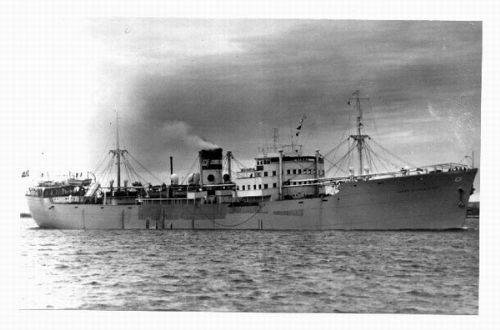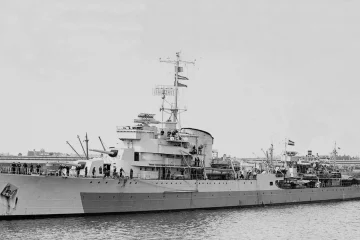In January 1942, based on this document from the Australian National Archives, Dutch cargo from the Norwegian M/S Høegh Silverstar, destined for the Netherlands East Indies (NEI), was confiscated on orders from the American Government in Sydney. According to the ship’s logbook, it departed from San Francisco on November 24, 1941, arrived in Thursday Island on January 3, and then proceeded to Brisbane, ultimately reaching Sydney on January 19, 1942. The document indicated that various Dutch cargo items, including canned food and iron and steel goods, were unloaded from the ship. On January 31, the ship left Sydney and arrived in Colombo, Ceylon, on March 21. The document suggests that in March, the Dutch were still attempting to have their cargo released. However, it remains unclear from the document what the reason for the seizure was.
This must have been quite a journey, taking place right in the midst of the Japanese war against the Allied Forces during their three-month battle in Southeast Asia. If the goods had not been confiscated, they would have arrived in the NEI in January. As the situation concerning the goods remained uncertain in March, it is evident that regardless of their fate, they would never have reached the NEI, as by that time, the Japanese had occupied the country.
The M/S Høegh Silverstar, seen in the image attributed to an unknown photographer in Arne Gundersen’s collection, was a general cargo vessel completed by Burmeister & Wain in Copenhagen in January 1938. During the war, it was managed by S & J Thompson Ltd. of London, who were the managers of Silver Line Ltd. This company had a joint service arrangement with the Norwegian shipping company Leif Høegh & Co before the war.
The ship later became part of the Allied Merchant Fleet.



